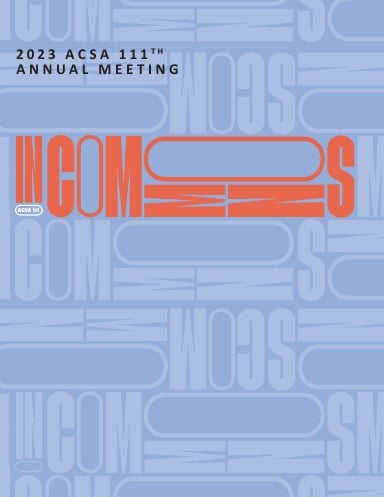Author(s): Eva Perez De Vega
Architecture and human-built structures are embedded with speciesist practices of domination over the environment, where humans are considered special and superior to other species. This (hu)man exceptionalism has driven architecture and the built environment to be conceived in opposition to ‘nature’, dominating natural terrains and consequently displacing or instrumentalizing the many other species who are given little to no ethical consideration. This way of intervening in the world is leading to the existential questions that must be posed given our global climate crisis. A reframing of human intervention as ‘built environment’ placed in opposition to the ‘natural environment’ of supposedly passive nature, is urgently needed. The motivation for this paper is rooted in a deep concern for the role of humans in the climate crisis and a realization that architecture as a discipline is complicit in elevating the human category above all other beings in nature. There are biases embedded in our practices and teaching of architecture that need to be interrogated and reflected upon, starting with our own education; the role models and ideals that we unwittingly operate within. To contextualize the idea of human exceptionalism in architecture, this paper will explore deep-seeded ideals in architecture linked to the concept of Rectitude1 as a form of ‘rightness’ -or correct- mode of intervening in the world, conceptualized by Western men as a human- centric practice distinct from nature-made. Supported by Ecofeminist2 thought, the aim is to open alternative models for world-building and housing humans on an earth living its sixth extinction.3
https://doi.org/10.35483/ACSA.AM.111.24
Volume Editors
ISBN
978-1-944214-41-8

 Study Architecture
Study Architecture  ProPEL
ProPEL 
